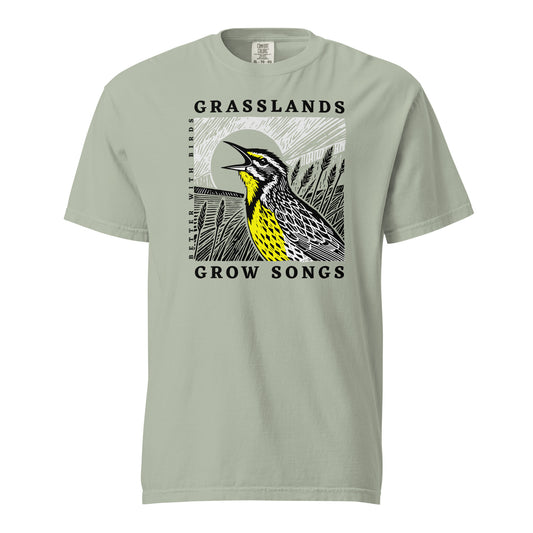How Do Birds Sleep? (And Can They Really Nap Mid-Flight?)
Feature photo: Kailylan / Shutterstock
Read Time: 4 minutes

This post contains affiliate links. If you use these links to buy something, we may earn a commission at no additional cost to you. We only recommend products we fully support or use ourselves. Our full disclaimer
PIN THIS FOR LATER













